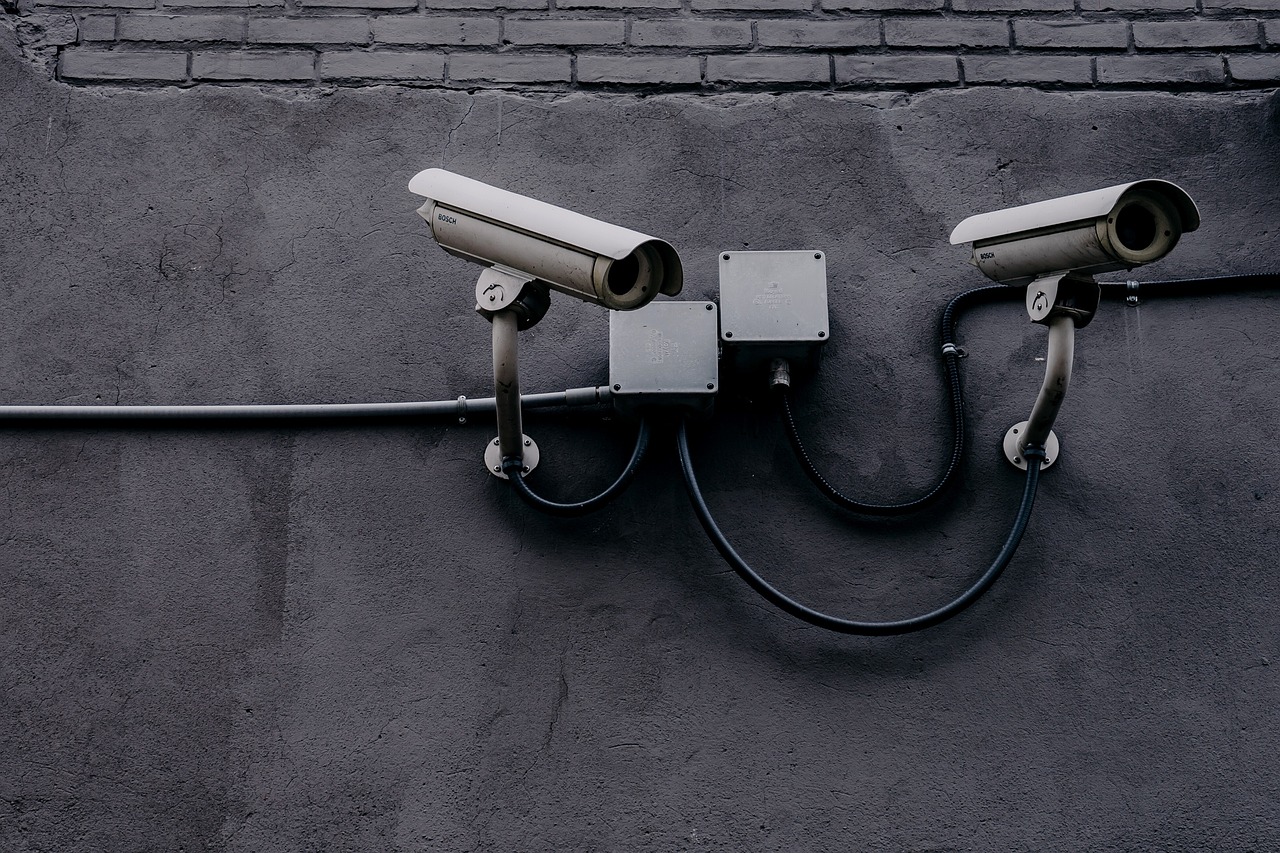This post is also available in:
 עברית (Hebrew)
עברית (Hebrew)
Security cameras are our first line of defense in many fields of life, from our homes to the bank. But what if they aren’t as secure as we thought? New research from Northeastern University points to a massive gap in our security infrastructure, which stems from our security cameras.
Professor of Electrical and Computer Engineering at Northeastern and cybersecurity expert Kevin Fu discovered a way to eavesdrop on most modern cameras, from home security cameras to smartphone cameras. The technique was named EM Eye (short for Electromagnetic Eye) and it can capture video from another person’s camera through walls in real-time.
Fu claims that anyone with a few hundred dollars of equipment, a radio antenna and a little bit of engineering knowledge could do this, and the problem is not the lens but the wires inside most modern cameras. Fu explains that inside most security cameras there is a computer chip with a wireless connection back to the internet. The wires between the chip and the camera components give off electromagnetic radiation, which the hacker can “pick up” and decode to get the real-time encoded video. The data transmission cable ends up unintentionally acting as a radio antenna that leaks electromagnetic information.
According to Techxplore, the research team tested EM Eye on 12 different kinds of cameras (including smartphones, dash cams and home security cameras), and the results varied depending on the distance one would need to be to eavesdrop on each device (from less than half a meter away to as far away as 5 meters).
However, there is another scary aspect to the discovery – since EM Eye eavesdrops on the wires and not on a computer recording footage to a hard drive, the camera doesn’t actually have to be recording for someone to eavesdrop on it.
“If you have your lens open, even if you think you have the camera off, we’re collecting,” Fu explains. “Basically, anywhere there’s a camera, now there’s a risk of that live real-time feed being collected by someone as close as a meter or so through walls.”
Fu concludes with advice for consumers and manufacturers. For consumers, he says a plastic lens is not completely fool-proof but it is a good first step, and for camera manufacturers, Fu hopes these findings would be a wake-up call.


























